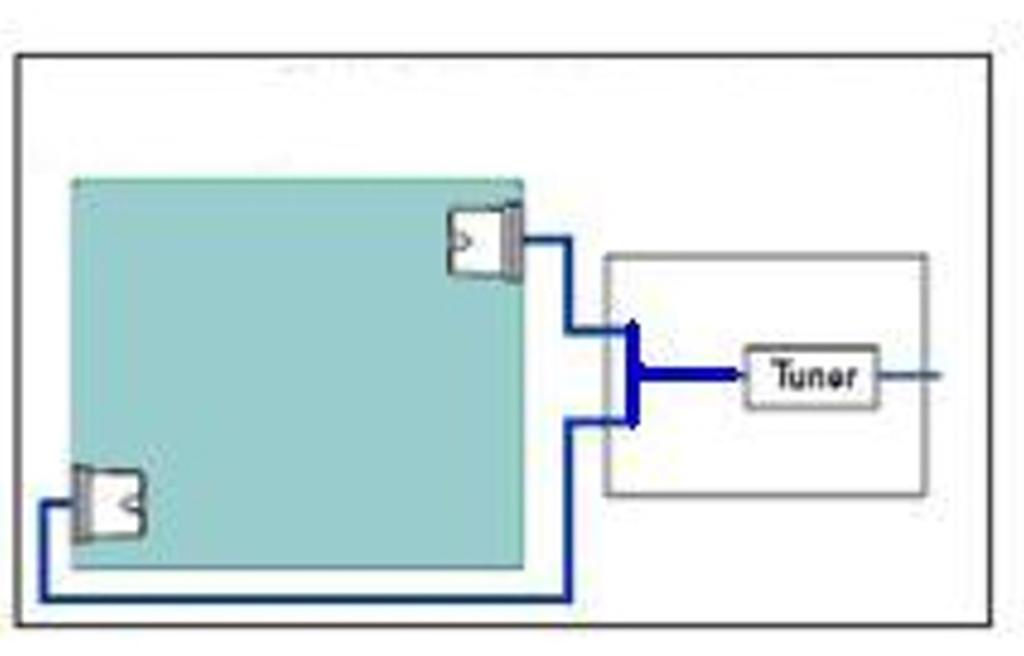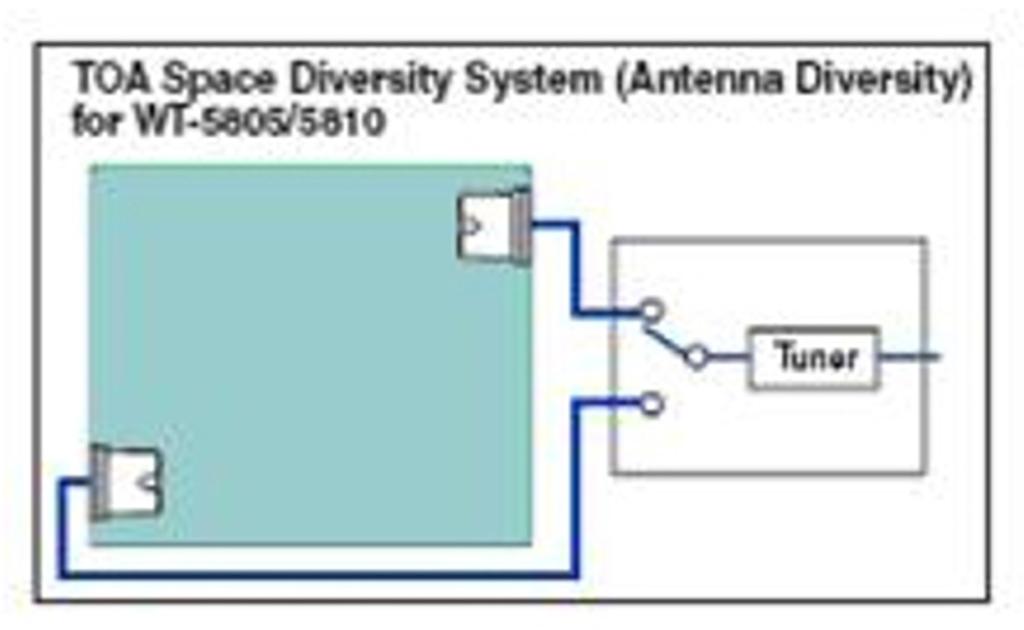Sound Talks
Microphones, to diversify or not
When choosing a wireless microphone system one thing to keep in mind is when possible go with a wired microphone. This is a good guarantee that your signal will get to the intended input. Wireless systems should be considered when you face such situations where cable can’t be run, adding mobility or flexibility or room configuration requirements etc.
The # of channel is very important to consider along with the frequency range, and as well as the amount of units to be used in a particular application. However many overlook how the receiver treats these signals. One important thing to consider is the “multipath” of signals. Just as speakers send waves out that can reflect off surfaces and create phasing problems the same thing can happen in the wireless world. Multipath causes signal dropout as a result of the RF signal reaching the receiver via multiple transmission routes. This can cause noise and total dropouts similar to what you may experience on your home cordless phone.
Let’s look at the three main types of systems and how they handle these multicast transmission issues.

Typical Tuner
On a down and dirty system the receiver may have one or two antennas (which are physically connected to each other). This system has one tuner connected directly to the antenna. These types of entry level systems are prone to multicasting dropout and noise. There is nothing going on here to reduce this situation.

Space Diversity
The next step up is to a diversity or “Space” Diversity. In these systems you have two antennas which are not connected and are spaced apart. Only one receiver is present but what so unique is a comparator circuit is set between the antennas and tuner. This circuit monitors the RF level of one of the antennas. Once the level decreases below a specific threshold, the receiver switches to the other antenna. This happen continually. The one issue is this circuit does not know the condition of the other antenna that it is switching to and could switch to a weaker signal and then have to switch back again. The result overall is a much more reliable system then a non diversity but with a lot of blind switching.

True Diversity
Next is a “True” Diversity system. True Diversity takes us to the next level. There are two unconnected and separated antennas. Instead of a single tuner we now have two tuners. One per antenna. After the tuners there is true intelligent comparator circuit. This circuit can monitor both tuners at the same time and can make an accurate switch when needed by comparing the outputs of the two receivers. The circuit sees both RF signals and switches between to give the strongest and cleanest signal output. This method is the way to go to reduce noise and dropouts. The switching happens fewer times with added accuracy and faster than a standard diversity system. This technology has proven to be reliable and seamless on quality designed and built wireless systems.
The key is when designing an audio system be sure not to overlook the wireless system employed. All the special placement of speakers / equalization / amplification etc. will not help when the signal from the intended microphone drops out and an entire audience is left in the dark. This potential weak link must be given some consideration.
So when it comes to the question of whether to diversify? The answer is YES, Diversify or Truly Diversify!
- Support
- Sound Talks
-
Microphones, to diversify or not